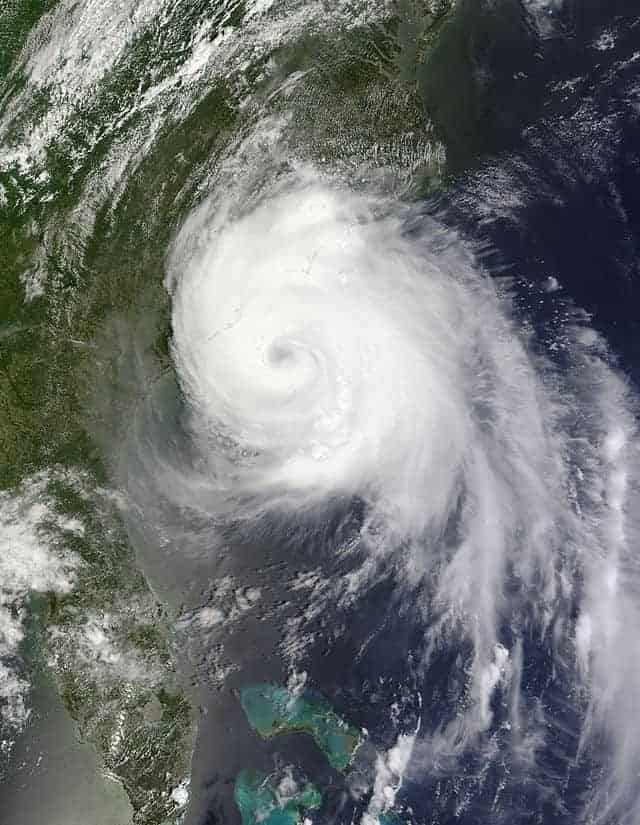A brown-out is a situation of lower than ‘normal’ power line voltage being supplied by your local utility or generating equipment. A brown-out may only be short-term (minutes to hours) or long-term (half day or longer). It is considered a brown-out when there is a power reduction of 8-12%.
A black-out is more extreme, as it is a complete loss of power. For whatever reason the black-out occurs, it is usually short-term as it is so serious that the local company will do everything they can to get the systems up and running as soon as possible. A black-out is classified as an ‘emergency’. However, on occasion, a natural or even man-made catastrophe can cause a long-term black-out.
Recently, headlines hit the pages as the heat wave in NYC caused a brown-out effecting more than 267,600 homes and businesses with the all-time high of 99 Fahrenheit (37 Celsius). There were 121,000 customers affected in the Queens and Brooklyn area and 139,000 in Westchester. Furthermore, 7,600 consumers were without any power at all. “Power companies across Northeast, including Con Edison, said they had enough electricity to meet the demand, but warned heavy usage could stress some power lines and generating facilities, which could leave some customers temporarily in the dark”. That is exactly what happened, and more. This lead to a rather obvious increase in portable generator sales.
Do you remember the 2009 black-out in New York’s Staten Island that was broiling under a life-threatening heat wave? Scattered power outages affected approximately 52,000 customers of ConEd’s 3.2 million. The worst part of the outage “darkened large parts of the already secluded West Shore Expressway. Every overhead light was out from the Staten Island Expressway to the exit sign for South Avenue, and the same from just north of the Woodrow Road exit to the ramp leading to the Outerbridge Crossing”, according to silive.com. According to the University of Minnesota, blackouts have increased 124 percent in the last two decades.
Here are some things you can do to prevent yourself from becoming a victim of a power outage during a heat wave:
1) Turn off and/or unplug any household appliances that are not in use. For example: toaster ovens, TV’s, computers, etc. Although a device such as a radio may not be turned on, it still pulls low levels of power from the electrical outlet while it is plugged in.
2) If you have central air, choose a room or two that you want to keep cool and then close off all of the other rooms’ vents and doors. This will concentrate air in the rooms you are using and therefore your system will not have to work so hard.
3) Use ceiling fans if you have them. They use less electricity than your air conditioner and allow you to raise the thermostat setting about 4 degrees with no reduction in discomfort. If you are really invested, get yourself a battery operated hand-fan and spray bottle to keep cool.
4) Keep plenty of ice water nearby.
5) Wear light clothing.
6) Close the blinds, shades or any windows that may be open to prevent any heat from getting in and any air from getting out.
7) Refrain from using any appliances such as the stove top, oven, washer, dryer or home electronics. These devices only draw more power and produce more heat.
8) Invest in a standby generator. It is a back-up generating electrical system that operates automatically. Within seconds of power loss an automatic transfer switch will sense the power loss and command the generator to start. It then transfers the electrical load to the generator. Once the power is restored the generator will transfer the load back to the utility and will signal the generator to shut off. A standby generator will ensure that all of your security systems, HVAC systems, refrigerator, central air, lighting, etc, are running during these uncertain times.
















